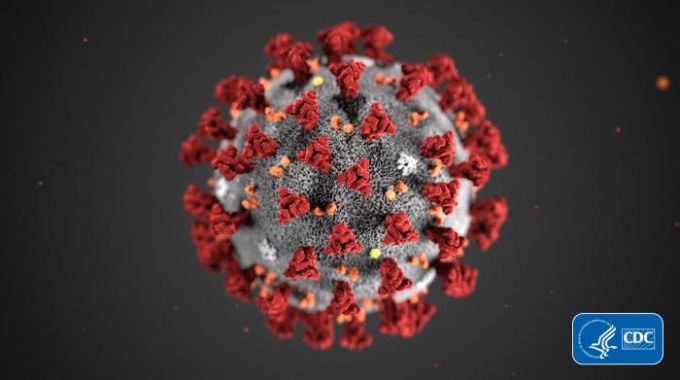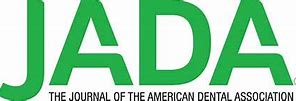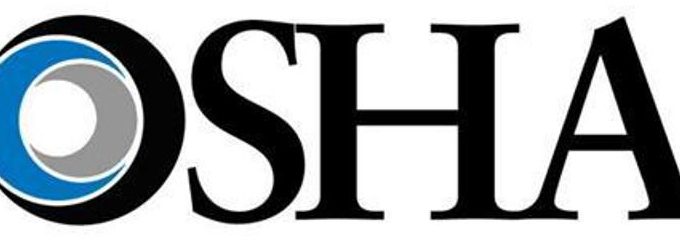As COVID cases surge across the country, California dental employers must continue to follow Cal/OSHA’s…
The Use of Barriers – Infection Control Techniques
The use of barrier protection, such as plastic wrap, foil, bags, or other moisture-impervious materials, is an important part of infection prevention and control. The Centers for Disease Control and Prevention (CDC) recommends, and many state dental boards require, barriers to be used on clinical contact surfaces and equipment that may be difficult to clean.
Procedures: After treatment of a patient, while still gloved, dental staff should remove all of the barriers and discard them. The uncovered surfaces should be inspected for contamination, which should be cleaned and disinfected only if contamination is evident. Once the gloves are removed and hand hygiene performed, dental staff should place clean barriers on the surfaces for the next patient.
All clinical contact surfaces that are not protected by impervious barriers must be cleaned and then disinfected using an EPA-registered, hospital disinfectant labeled as effective against HIV/HBV or TB. Keep in mind that unless the disinfectant is labeled as a cleaner, then it cannot be used to clean first.
Since 1992, OSHA Review, Inc. has provided dental professionals with comprehensive programs to support regulatory compliance and infection control. We are a registered continuing education provider in the state of California, specializing in Dental Practice Act, infection control, and OSHA training.
OSHA Review, Inc. provides the SUV Disinfectant & Cleaner in both concentrate and ready-to-use wipes. SUV Disinfectant and Cleaner meets OSHA and EPA regulations, and CDC recommendations. SUV is a hospital disinfectant proven effective against HIV, HBV
and HCV.



